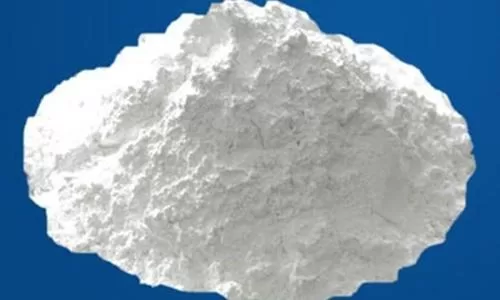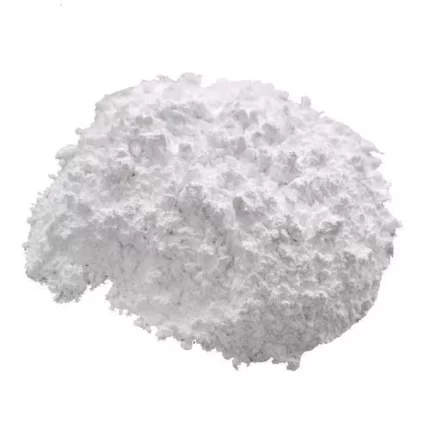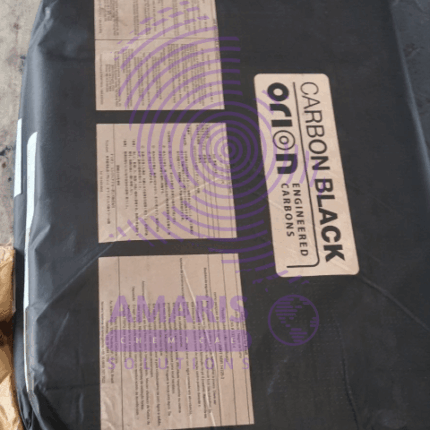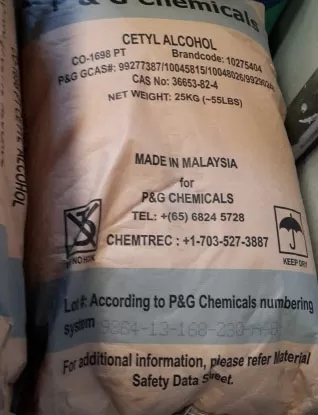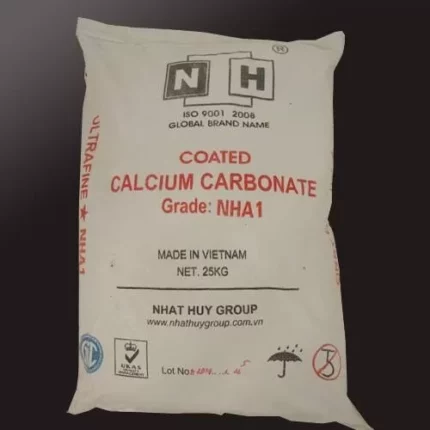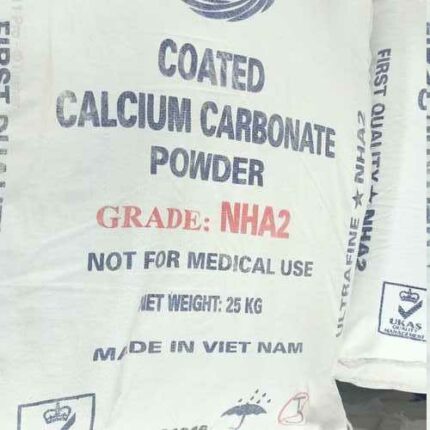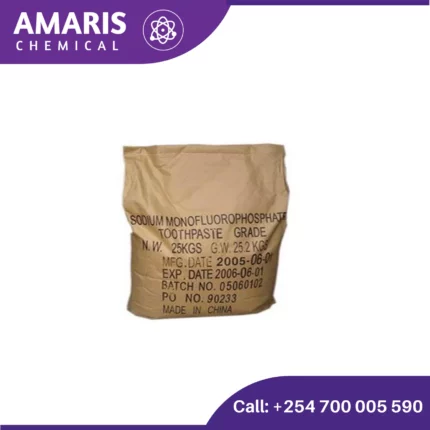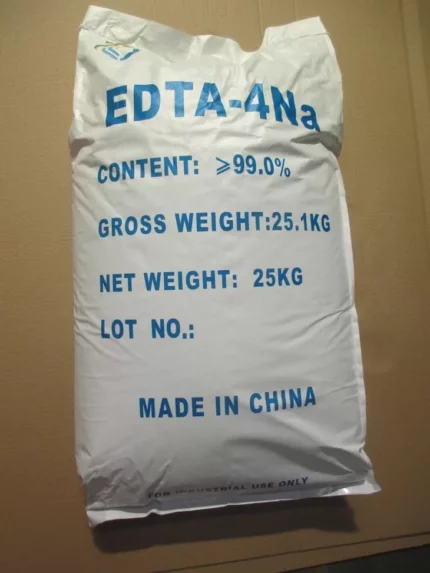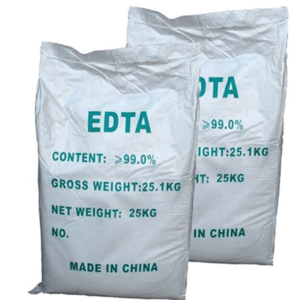“Trilium EDTA 25kg” has been added to your cart. View cart
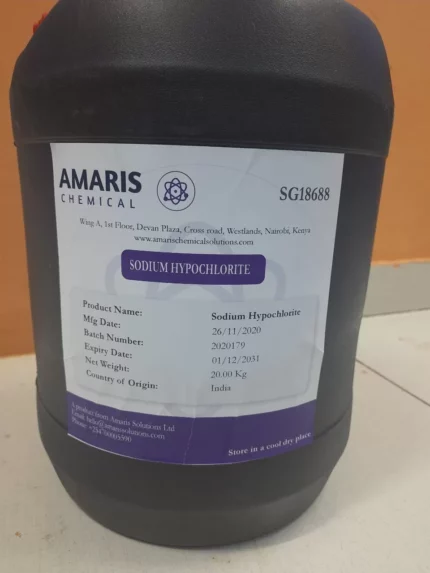
Sodium Hypochlorite 10-12% (Jik)
KSh5,500.00 Original price was: KSh5,500.00.KSh5,000.00Current price is: KSh5,000.00.
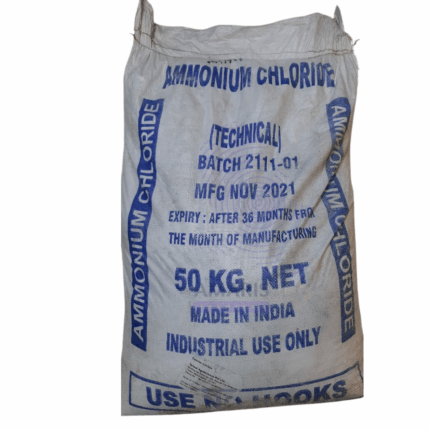
Ammonium chloride 50kg
KSh8,000.00 Original price was: KSh8,000.00.KSh7,800.00Current price is: KSh7,800.00.
Aluminium silicate
KSh9,500.00 Original price was: KSh9,500.00.KSh9,000.00Current price is: KSh9,000.00.
Aluminium silicate is a compound made up of aluminium, silicon, and oxygen, with the chemical formula Al2SiO5. It is also known as kaolin, a naturally occurring clay mineral that is widely used in a variety of industrial applications. Aluminium silicate is valued for its high temperature resistance, low thermal expansion, and good electrical insulation properties, which make it useful in the manufacturing of ceramics, refractory materials, and insulators. It can also be used as a filler in paper, paint, and plastics.
SKU:
ACS99317CHEM0
Categories: Excipients, Fillers and Reinforcements
Description
Aluminium silicate
- Ceramics and Refractory Materials: Aluminium silicate is widely used in the production of ceramics and refractory materials due to its high temperature resistance, low thermal expansion, and good mechanical properties. It is used to make high-quality porcelain, fine china, and other ceramics that are durable and have a smooth finish. In refractory materials, it is used as a component in firebrick, insulation, and castables.
- Paints, Coatings, and Pigments: Aluminium silicate is used as a filler and extender in paints, coatings, and pigments to improve their properties such as opacity, brightness, and resistance to wear and tear. It is also used as a flatting agent to reduce gloss in coatings.
- Plastics: Aluminium silicate is used as a filler in plastics to improve their mechanical properties such as stiffness, strength, and dimensional stability. It is also used as a flame retardant to reduce the flammability of plastics.
- Paper: Aluminium silicate is used as a filler in paper to increase its brightness, opacity, and printability. It also improves the paper’s surface smoothness and reduces ink absorption.
- Personal Care Products: Aluminium silicate is used as an ingredient in personal care products such as cosmetics, soaps, and toothpaste. It acts as a thickener, opacifying agent, and abrasive.
- Pharmaceuticals: Aluminium silicate is used as an inactive ingredient in some pharmaceuticals such as tablets and capsules. It is used as a diluent or filler to improve the flowability and compressibility of the active ingredient.
Overall, aluminium silicate has a wide range of industrial applications due to its unique properties and versatility.
Shipping & Delivery
Related products
Calcium Carbonate (uncoated)
Uncoated calcium carbonate refers to a natural mineral substance that is composed of calcium carbonate without any additional coatings or surface treatments. It is a white, powdery material that is commonly used in various industrial applications, including the manufacture of paper, paints, plastics, and rubber products, as well as in construction, agriculture, and the food and pharmaceutical industries. Uncoated calcium carbonate is typically mined from natural deposits of limestone or chalk and is often ground into fine particles to achieve the desired particle size and purity for specific applications
Carbon Black 25kg
Cetyl alcohol
Cetyl alcohol is a fatty alcohol with the chemical formula CH3(CH2)15OH. It is a waxy substance that is used in a variety of industries, including cosmetics, personal care products, and pharmaceuticals. Cetyl alcohol is commonly derived from vegetable oils such as coconut or palm oil, and is often used as an emulsifier, thickener, or lubricant in formulations such as lotions, creams, and ointments. It is also sometimes used as a surfactant, meaning it helps to dissolve other substances and improve their absorption.
Coated Calcium carbonate 25kg
Coated calcium carbonate refers to a form of calcium carbonate in which the individual particles of the mineral are coated or encapsulated with a layer of a different material. This layer can be composed of various substances, such as stearic acid, fatty acids, or other polymers. The purpose of the coating is to modify the surface properties of the calcium carbonate particles, such as their hydrophobicity or compatibility with other materials, making them more suitable for specific applications. Coated calcium carbonate is widely used in industries such as plastics, paper, paints, and coatings, where it can improve the properties of the final product, such as brightness, whiteness, and durability.
Powder Sodium Mono Fluoro Phosphate [Na2PO3F]
Sodium monofluorophosphate (Na₂PO₃F), commonly abbreviated as SMFP, is a compound used in dental care products, particularly toothpaste, for its anti-cavity properties. Here are some key points about it:
- Chemical Composition:
- Formula: Na₂PO₃F
- Molar Mass: 143.95 g/mol
- Appearance: White, odorless powder
Sodium Hydrogen Carbonate 500gm
Sodium Hydrogen Carbonate, commonly known as baking soda, is a versatile chemical compound with the formula NaHCO₃. It appears as a white, crystalline powder with a slightly alkaline taste. It’s widely used in baking as a leavening agent, helping dough rise by producing carbon dioxide gas when it reacts with an acid. Beyond baking, it has various applications including cleaning, deodorizing, and neutralizing acids. In personal care, it's used in toothpaste and antacids. I appreciate its multifunctional uses and effectiveness in both kitchen and household tasks.
Tetrasodium EDTA 25kg
Tetra sodium EDTA, also known as ethylenediaminetetraacetic acid tetrasodium salt, is a chemical compound commonly used in various industrial and commercial applications. It is a chelating agent, meaning it has the ability to bind and capture metal ions, thus preventing them from reacting with other substances or causing unwanted effects.
A concise definition of tetra sodium EDTA would be:
"Tetra sodium EDTA is a water-soluble salt derived from ethylenediaminetetraacetic acid, used as a chelating agent to bind and sequester metal ions, serving purposes such as metal complexation, stabilization, and preventing undesired chemical reactions."

